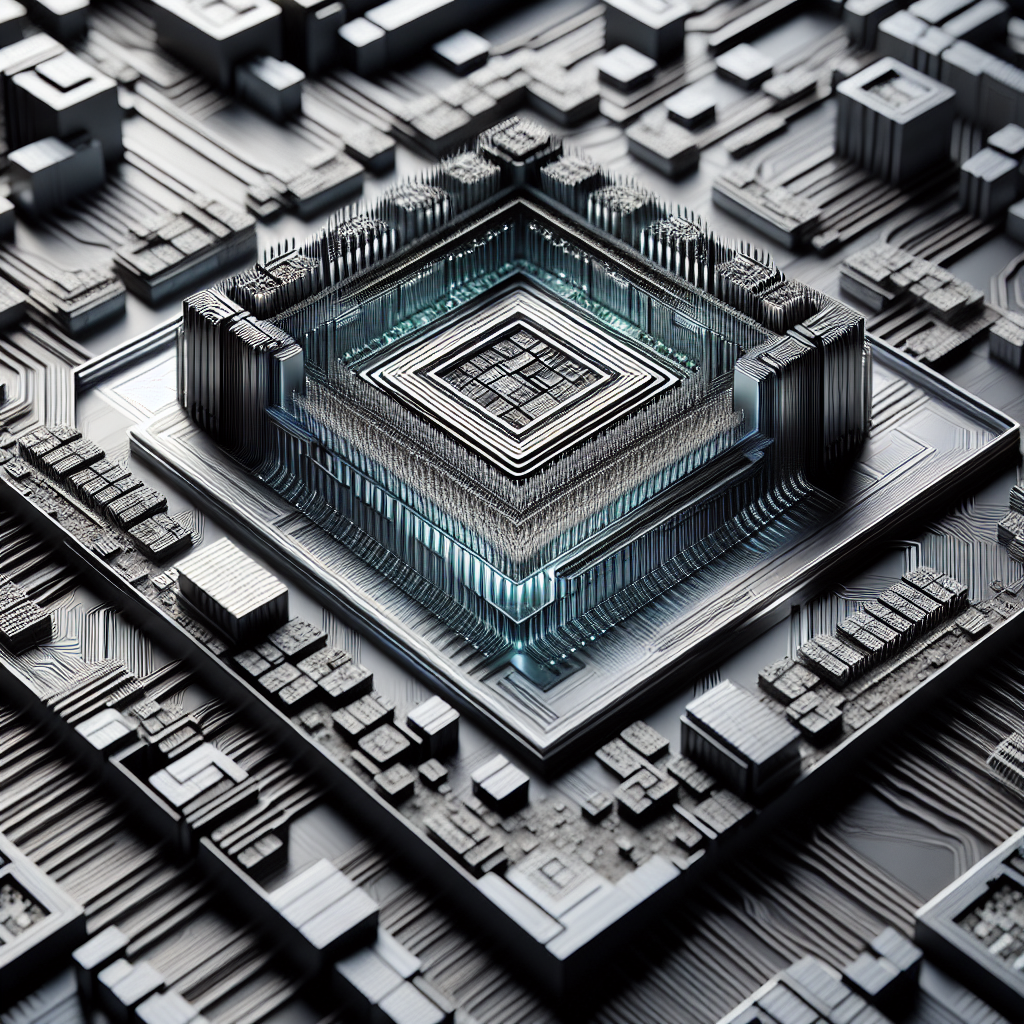Threadripper's Troubles and Meteor Lake's Murky Future: An In-Depth Look at the CPU Market Landscape
The high-performance computing market is often a battleground of titanic proportions, where silicon giants AMD and Intel clash for dominance. Recently, the winds of change have rustled through this landscape, bringing with them whispers of AMD's Threadripper 7000's consumer indifference and the unsettling updates on Intel's Meteor Lake. As we orient ourselves in this tumult of technology, we find ourselves in an era where the core counts soar and consumer attention may just dwindle to a concerning nadir.
The Threadripper Conundrum: High Power, Low Interest?
Let's cut to the chase: AMD's Threadripper has always been a synonym for raw power. Yet, power alone does not a successful product make. The motherboard and retail sources' apathetic remarks paint a stark picture—a product devoid of buzz, anticipation, or even basic attention. When retailers and manufacturers express disinterest to the extent that embargo dates evoke shoulder shrugs and inventory numbers stagnate at one CPU per store, one can't help but raise an eyebrow.
The Threadripper 7000 might be the herculean silicon we expected, but it's tiptoeing into a room where few seem to care to look up. This isn't just about sales figures; it's a fundamental disconnect between what's being offered and what the market clamors for. As we unpack the conundrum, it becomes clear that Threadripper's woes might be symptomatic of a larger issue within the HEDT (High-End Desktop) sector.
Intel's Meteor Lake: Shooting Star or Space Debris?
Intel's Meteor Lake is touted to be a beacon of innovation, yet the sentiment from within is less than stellar. Comparisons to Whiskey Lake—another generational blip that came and went without much fanfare—hint at a possible identity crisis for Meteor Lake. While Intel's spin doctors, like Tom Peterson, conjure up an air of optimism, the behind-the-scenes mutterings and lackluster public statements indicate a storm brewing on the horizon.
When a company begins to compare upcoming integrated graphics performance to architectures several generations old, skepticism naturally arises. Is this a strategic underpromise poised for an overdeliver, or a tacit admission of limitations? Ambiguity in messaging, especially in the tech industry, can often be a red flag signaling managed expectations.
Intel's Meteor Lake needs to contend with more than just internal comparisons; it faces off against AMD's Phoenix and the impending hawkpoint. If whispers are to be believed, Meteor Lake's efficiencies and performance boosts are modest at best when stacked against its contemporaries.
The Need for a New High-End Desktop Paradigm
As we dissect the present state of high-performance CPUs, it becomes increasingly clear that both AMD and Intel are at a crossroads. The HEDT space is crying out for innovation—a reimagining of what a high-end desktop product should be. The modern prosumer craves a delicate balance of power, price, and reliability, something that current offerings seem to miss the mark on.
AMD's strategy moving forward could well involve a pivot to more affordable, yet sufficiently powerful CPUs that don't just dazzle with core counts but also offer a compatible ecosystem that doesn't alienate the average consumer. Similarly, Intel's future in this space hinges on its ability to deliver products that can compete not just in performance but in terms of value proposition.
Competition Breeds Innovation: The Silver Lining
Despite the current state of affairs, one cannot discount the intrinsic value of competition. The mere existence of Threadripper and Meteor Lake, despite their respective issues, serves as a catalyst for progress. If Intel's Zen 4 Threadripper can indeed ignite the spark that pushes pricing to more reasonable territories while maintaining a performance edge, then the industry as a whole stands to benefit.
For more information on the high-end desktop CPU market and its trends, you may find AnandTech and Tom's Hardware to be valuable resources.
Final Thoughts: The Ominous Clouds Over Meteor Lake
In conclusion, the future for AMD's Threadripper and Intel's Meteor Lake seems uncertain. The high-performance computing market is volatile, often swayed by the dual forces of technological prowess and consumer sentiment. Companies in this arena need to be agile, responsive, and, above all, in tune with their audience's needs and wants.
In a world where the cutting edge is often pursued with tunnel vision, the true victor might be the one who takes a moment to look around, see the big picture, and carve a path that marries innovation with genuine demand. As we edge closer to seeing Meteor Lake in action, one can only hope that Intel and AMD take these lessons to heart, lest they find themselves star-gazing as the market shifts beneath their feet.
Related News
- The Threadripper Conundrum: Performance, Pricing, and Market Dynamics
- Navigating the Murky Waters of Modern Computing: Intel's Snags and AMD's Momentum
- The Intriguing State of Silicon: AMD and Intel's Ongoing Dance
- Intel's Meteor Lake: A Promising Sky or Overcast with Hype?
- Intel's Meteor Lake Missteps: A Comprehensive Breakdown
